Video of the Week:
How to Make a Grow Light
Turfgrass:
Lawn Calendar for Cool-Season Grasses
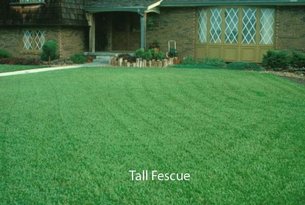
March
Spot treat broadleaf weeds if necessary. Treat on a day that is 50 degrees or warmer. Rain or irrigation within 24 hours of application will reduce effectiveness.
April
Apply crabgrass preventer when redbud trees are in full bloom, usually in April. The preventer needs to be watered in before it will start to work. One-quarter inch of water will be enough to water in any of the products mentioned in this calendar. Remember that a good, thick lawn is the best weed prevention and may be all that is needed.
May
Fertilize with a slow-release fertilizer if you water your lawn or if you normally receive enough rainfall that your turf doesn’t go drought-dormant during the summer. If there are broadleaf weeds, spot treat with a spray or use a fertilizer that includes a weed killer. Rain or irrigation within 24 hours of application will reduce effectiveness of the weed killer, but the fertilizer needs to be watered in. If you are using a product that has both fertilizer and weed killer, wait 24 hours after application before watering in.
June through Mid-July
Apply second round of crabgrass preventer by June 15 – unless you have used Dimension (dithiopyr) or Barricade (prodiamine) for the April application. These two products normally provide season-long control with a single application. Remember to water it in. If grubs have
been a problem in the past, apply a product containing imidacloprid during the first half of July. This works to prevent grub damage. It must be watered in before it becomes active.
Late-July through August
If you see grub damage, apply a grub killer that contains Dylox. Imidacloprid is effective against young grubs but may not be effective on late instar grubs. The grub killer containing Dylox must be watered in within 24 hours or effectiveness drops.
September
Fertilize around Labor Day. This is the most important fertilization of the year. Water in the fertilizer.
November
Fertilize. This fertilizer is taken up by the roots but is not used until the following spring. Water in fertilizer. Spray for broadleaf weeds even if they are small. Broadleaf weeds are much easier to control in the fall than in the spring. Spray on a day that is at least 50 degrees. Rain or irrigation within 24 hours reduces effectiveness. Use label rates for all products! (Ward Upham)
Vegetables:
Planting Asparagus
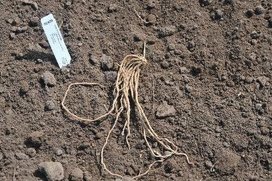
Proper soil prep is especially important for perennial crops. Take a soil test to ensure proper levels of nutrients. See the accompanying article on how to take a soil test for the correct procedure.
Work the soil as early in the spring as possible but do not work wet soil as clods will form. Then add two inches of organic matter to the surface and the fertilizer and work again so the organic matter and fertilizer are blended into the soil.
Asparagus can be propagated from seed but is more often started from 1-year-old crowns. These crowns are planted deeply; about 8 inches deep either in a hole for each crown or in a trench. Space plants 18 to 24 inches apart. Fill in the trench gradually over the growing season to encourage growth.
March 15 to April 15 is the best planting time. Adapted varieties include Jersey Giant, Jersey King, Jersey Knight, Jersey Supreme and Purple Passion. These are all male hybrids that will produce three times as much as our old Martha or Mary Washington varieties. Males have a number of advantages over females in that they live longer, emerge earlier in the spring, are more productive and eliminate potential volunteer plants that can reduce the productivity of a planting.
Weed control is very important. Competition with weeds results in slow establishment. A shallow hoeing should be all that is needed. (Ward Upham)
Gardening Calendar
To find the gardening calendar, go to http://kansashealthyyards.org/ and click on “Gardening Calendar” in the gray bar at the top of the page. (Ward Upham)
Flowers:
Fertilizing Spring-flowering Bulbs
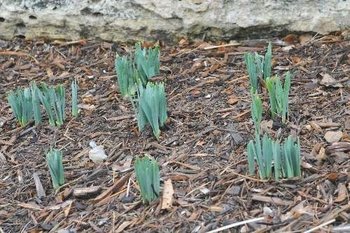
If bulbs have been fertilized in the past, there is often plenty of phosphorus and potassium in the soil. It is best to use a soil test to be certain. If the soil needs phosphorus and potassium, use a complete fertilizer (such as 10-10-10, 9-9-6, etc.) at the rate of 2.5 lbs. per 100 square feet. This would equal 1 rounded teaspoon per square foot. If phosphorus and potassium are not needed, blood meal makes an excellent fertilizer. It should be applied at the rate of 2 lbs. per 100 square feet or 1 teaspoon per square foot. Lawn fertilizers such as a 27-3-3 or 30-3-3 can be used, but cut the rate by a third. Also make sure the lawn fertilizer does not contain a weed preventer or weed killer.
Remember to leave the foliage until it dies naturally. The energy in the foliage is transferred to the bulb as the foliage dies and will help bloom next year. (Ward Upham)
Miscellaneous:
Soil Testing
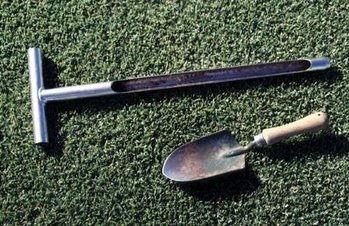
Begin by taking a representative sample from a number of locations in the garden or lawn that goes from the surface to 6 to 8 inches deep. Mix the samples together in a clean container and select about 1 pint of soil. For more detail on taking a soil test, click here.
Take the soil to your local K-State Research and Extension office to have tests done at the K-State soil-testing laboratory for a small fee. A soil test determines fertility problems, not other conditions that may exist such as poor drainage, poor soil structure, soil borne diseases or insects, chemical contaminants or damage, or shade with root competition from other plants. All of these conditions may reduce plant performance but cannot be evaluated by a soil test. (Ward Upham)
Soil Test When Soils are Wet
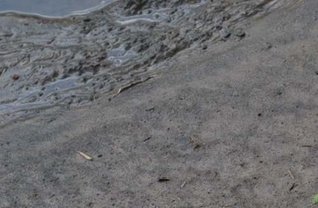
Soil samples should be air-dried before being submitted for testing. Do NOT use artificial means of drying such as an oven or microwave as such treatment may result in inaccurate readings of nutrient levels. Also, be sure to use a clean container to collect the sample. Wet samples are more likely to absorb foreign materials adhering to the container, which may also influence soil test results.
For information on how to take a soil sample, click here.
Take the sample into your local extension office. If you don’t know the address for your local, county extension office, see http://www.ksre.ksu.edu/Map.aspx (Ward Upham)
Contributors: Ward Upham, Extension Associate

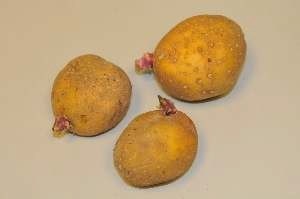
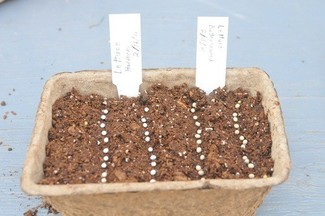
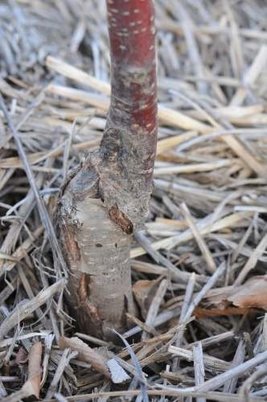
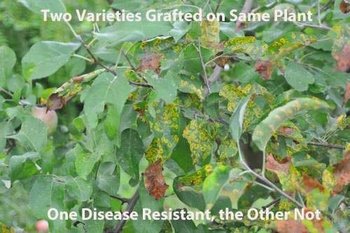
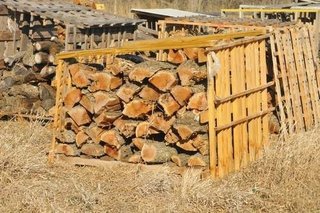
 RSS Feed
RSS Feed
